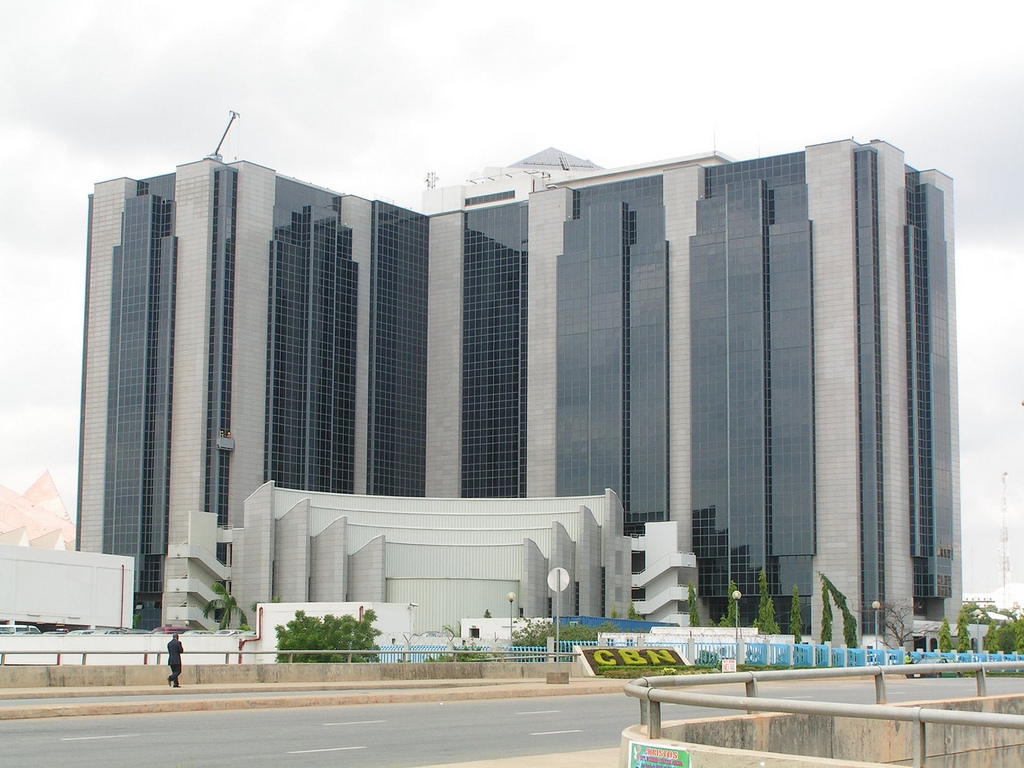[tweet][digg][stumble][Google][pinterest][follow id=”DER29709692″ size=”large” count=”true” ]
The Central Bank of Nigeria clarifies that the implementation of its policy on reduction of the interest rates would be gradual based on the fundamentals of the Nigerian economy, writes Dike Onwuamaeze
Many Nigerians heaved a sigh of relief on June 5, 2014, when Godwin Emefiele, governor, Central Bank of Nigeria, promised that the apex bank under his leadership would pursue a reduction in both deposit and lending rates in the country to enhance financial access and reduce borrower cost of credit. According to Emefiele, “a reduction in deposit rates would encourage investment attitudes in savers; a reduction in lending rates would make credit cheaper for potential investors.” Many had expected the implementation of this policy intention to commence with immediate effect. But this is not to be. The reality on ground indicates that Nigerians would have to wait longer to see the realization of this policy intent.
Tokunbo Martins, director, Banking Supervision Department of the CBN, said that the reduction of the interest rates would be achieved gradually. “It will be done gradually. It is not something that can be done tomorrow. The CBN governor along with the banking industry will achieve this in the long run,” Martins said.
Her clarification is also in tandem with the decision of the Bankers’ Committee which met on June 17, 2014. Segun Agbaje, managing director of Guaranty Trust Bank, while speaking on some of the outcome of the committee’s meeting, said “that in the short and medium terms, interest rates are likely to stay where they are as the fundamentals of the (Nigerian) economy remain fixed.” Agbaje identified high inflationary rate, foreign exchange rate, cost of fund to the banking industry as well as high cost of providing infrastructure and personnel among the fundamentals that work against the attainment of lower interest rates in the Nigerian banking and financial systems.
He posited that “macro economic factors of a country also affect what interest rates that are charged. There are many variables that determine interest rate and we do not want interest rate that is below the rate of inflation.”
Notwithstanding, Agbaje was optimistic that the import substitution policy stance of the government could cause bank’s lending rates to tend downward. Moreover, “all monetary policy should ensure that we continue to have single digit inflation,” he said.
According to Mike Obadan, professor of Economics, University of Benin, the issue of whether the lending and deposit rates should be lowered does not require a regimented answer. It all depends on the prevailing circumstances relating to the level of liquidity and prices as well as fiscal position of government at any point in time. He said that the current monetary policy stance of the CBN is restrictive or tight with the monetary policy rate at 12.0 percent due to inflation considerations and the perennial source of liquidity surfeit in the economy.
Obadan noted that the current tight policy stance is hurting the real sector of the economy as lending rates range between 20 and 35 percent. But if the apex bank should continue with its tight monetary policy stance, then it must find innovative ways of making credit available to the real sector, especially the Small and Medium Enterprises (SMEs) operators from its several instruments for monetary management and stimulating economic growth through greater investment. “In this regard, a monetary policy which makes credit readily available at low interest rates to investors will aid the expansion of existing enterprises and encourage new enterprises to spring up. Where inflation concerns and expectations are very high as is currently the case, low interest rates that will benefit investors are difficult to realize. Under the circumstances, the Central Bank can put in place special schemes which enable SMEs to access credit at reasonable interest rates and without all the encumbrances to access. By empowering the SMEs and even the large-scale businesses, the Central Bank would be contributing to employment generation, poverty reduction and increased growth in the country,” Obadan said.
Boniface Chizea, a financial expert and managing partner, BIC Consultancy Services, Lagos, argued that the CBN should not continue to ignore the cost of borrowing in the economy. Rather, the Central Bank must be concerned with speedy reduction of the prevailing lending rate since it is also a factor cost. “The situation whereby the MPR has remained at the level of 12 percent after 16 MPC meetings is not good enough and there is even talk of increasing it above this rate. If monetary policy would contribute to the growth objectives of this economy by creating jobs it must also take on board the need for interest rates to come down so that institutional funds will be available to the small and medium scale enterprises which is the engine room of most economies which accounts for a sizable percentage of employment opportunities,” Chizea said.
All things considered, the Central Bank should do something in the medium term to assuage the country’s desire for lower lending rate rather than wait for an indeterminate time in the long run.
[divider]


